You may be wondering what makes us different. We know why your headache and migraines exist and we treat the reason why you have the symptoms you do. We understand that typically our clients have previously been disappointed over and over with a wide variety of migraine or headache treatments that either don’t work, have side effects, or work for short periods of time. You might get some short term relief from your manual therapist (chiro, osteo, masseur, physio) or acupuncture but there is no clear diagnosis or treatment plan.
We identify three key features:
1. is there a problem?
2. is it reversible?
3. and is it relevant?
Our unique assessment and sole focus on headache allows unparalleled precision in diagnosing the affected part of the upper cervical spine. At Mornington Peninsula Headache Clinic you are able to access a highly skilled and comprehensive examination of your neck as it relates to your symptoms using the Watson headache approach. We individually and selectively stress each of the joints in the upper part of the neck looking for reproduction and resolution of typical headache or migraine pain. This tells us clearly in the first assessment whether or not our techniques are going to help.
Included in our assessment is discussing your symptoms and you will have a highly specific and accurate treatment solution performed on the day of your initial consultation.
Your initial consultation starts with an in-depth assessment of your headache behaviour, identifying triggers, and establishing key re-assessment features to determine change. Comprehensive safety testing is also undertaken to ensure the safest possible environment for assessing and treating your neck. Once performed if your neck is safe to treat you will then undergo an examination of your neck. Our assessment techniques are comprehensive, yet targeted, and we allow up to 60 minutes to ensure we have a thorough understanding of your condition.
Headache presents differently in each person, so by listening to your story we gain valuable insight into how your particular headache or migraine behaves. Understanding this enables us to diagnose more accurately, and, importantly, sets benchmarks for improvement.
Rather than hope that your condition is going to respond to our treatment we look for three key findings will indicate that treatment should go ahead. In 80% of assessments we find these three key core elements – the first two of which identify and reverse a previously misunderstood and poorly treated fault in the top of the neck. The third confirms whether this problem is contributing to your symptoms. In the 20% of people in whom we don’t find a relevant problem, we don’t treat. As much as we would like to treat everybody, we know we cannot and don’t waste the time of those in whom we know the techniques will be ineffective.
The first core element is to identify the presence of a rare fault in the top of the neck. Many practitioners will have seen this fault before and not know what it was or how to treat it. Mistakenly they will have tried to stretch it and massage it, but without identifying the reason for the fault it recurs.

This leads to the second core element. The fault is a pressure problem between the second and third vertebrae which triggers a spasm under the base of the skull. Most practitioners you have seen before will have felt the spasm and mistakenly treated it directly, stretching, massaging, dry needling and manipulating the first and second vertebrae. This can often lead to short term relief as the spasm reduces temporarily. Then it returns and treatment goes on and on with no real progress.
Without touching the muscle at all we can relieve the spasm within 30 seconds by redirecting pressure in the right direction through the vertebrae below. Such rapid response of the muscle indicates we are ‘switching it off’ and gives the strongest possible indication that self-management will be successful.
It may be surprising but even at this stage it is often not enough to go ahead into treatment.
The third core element of the headache and migraine assessment is to identify whether the condition outlined above is actually responsible for your symptoms. With selective stress of each of the upper cervical joints, your typical head pain or associated symptoms can be temporarily reproduced. If so, the pressure is sustained and the referred pain should start to subside after 20-30 seconds
This reproduction and resolution of typical symptoms confirms the relevance of the upper cervical spine to your headache or migraine (in line with International Headache Society classification guidelines), provides us with an accurate diagnosis, and tells us whether our treatment is right for your condition.
To make an appointment call or fill in your free online assessment form

